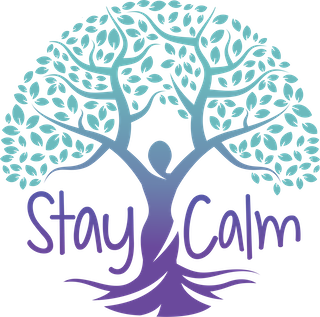You Can’t Change What You Don’t Know: Helping Children and Teens See Another Way
Many children and teenagers go through life believing that the way they think, feel, and react is just “who they are.”If they’ve always felt anxious, angry, or unworthy, they don’t question it—it’s just their reality. But what if no one has ever shown them that there’s another way to live, think, and feel?
Without guidance, they keep walking the same path, repeating the same thought patterns and behaviors. Not because they want to, but because they don’t know they have a choice. This is where mindfulness, understanding the brain, and simple mindset shifts can create real change.
The Brain and the Stress Response: Why We React the Way We Do
Most children and teenagers don’t realize that their reactions—whether it’s lashing out, shutting down, or overthinking—are actually their brain trying to protect them. When we feel stressed or threatened, our brain activates the fight, flight, or freeze response.
Fight: Reacting with anger, frustration, or aggression.
Flight: Avoiding problems, running away (literally or emotionally).
Freeze: Feeling stuck, numb, or disconnected.
Many young people stay stuck in these states because they don’t know how to get out of them. They believe they areanxious, angry, or “bad” rather than understanding that their nervous system is just responding to stress.
But once they learn that the brain can change (this is called neuroplasticity), they start to see that they have power over their responses.
Mindfulness: A New Way to See the World
Mindfulness is one of the simplest yet most powerful tools we can give children and teens. It helps them:
✅ Recognize their emotions without being controlled by them.
✅ Pause before reacting impulsively.
✅ Feel more in control of their thoughts and choices.
Simple practices like deep breathing, grounding exercises, and guided visualizations help calm the nervous system, making it easier to shift from survival mode to a place where they can think clearly.
For example, a teen who learns to notice their anger rising and take a deep breath before reacting is experiencing a completely different reality than one who lashes out without thinking. That one breath can change everything.
The Power of Positive Affirmations
Many children and teens carry negative beliefs about themselves:
“I’m not good enough.”
“Nobody likes me.”
“I’ll never be able to do this.”
These beliefs shape how they see the world, their choices, and their future. But here’s the game-changer: thoughts can be rewritten.
Positive affirmations are not just empty words—they help rewire the brain by replacing negative thought patterns with new, empowering ones. When a teen starts saying, “I am capable” instead of “I can’t do this,” their brain begins to build new pathways.
Over time, this shifts their entire perspective—but only if someone teaches them how.
Giving Them Another Way
Imagine a teenager who has always struggled with self-doubt. No one has ever told them that their thoughts aren’t facts. They assume that because they feel unworthy, they must be unworthy.
Now imagine someone introduces them to mindfulness, explains how the brain works, and gives them small tools—breathing exercises, journaling, affirmations. For the first time, they start to question their old patterns.
They begin to realize:
“Wait, I don’t have to believe everything I think.”
“I can actually calm myself down when I’m stressed.”
“I have choices in how I react.”
That’s how change begins. Not by forcing them to be different, but by showing them that another way exists.
The Takeaway: Every Child Deserves to Know They Have a Choice
When young people don’t know any different, they repeat what they’ve always known—whether that’s negative self-talk, reactive behavior, or staying stuck in survival mode.
But when we introduce them to mindfulness, brain science, and simple mindset shifts, we give them the gift of awareness. And once they know there’s another way, they start to walk a different path—one with more confidence, calm, and choice.
Let’s start showing them the way.
